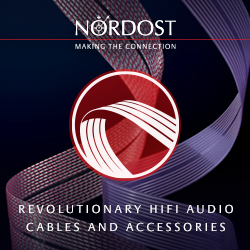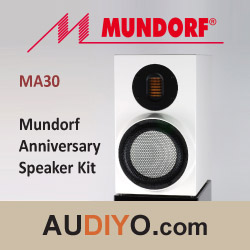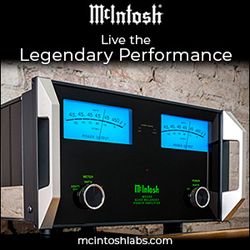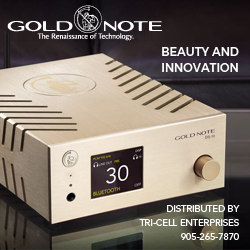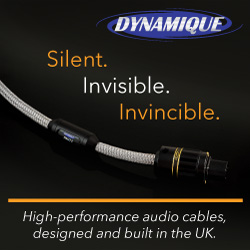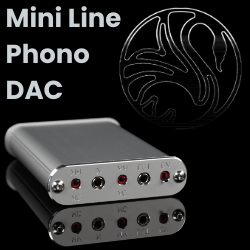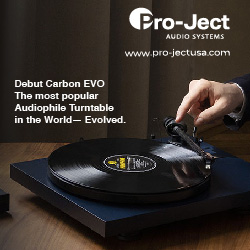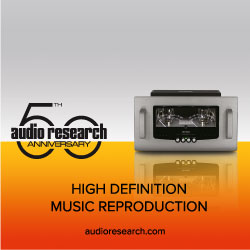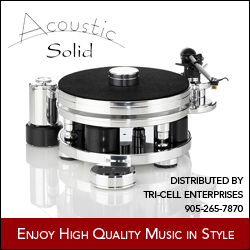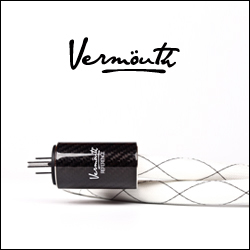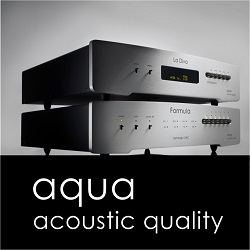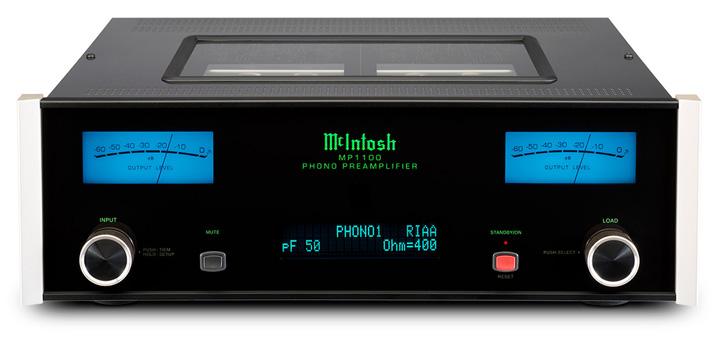
Vinyl is back..for good!
At the end of a nice long listening session with my Rega Planar 6 w/ the Ania MC cartridge, feeding the outstanding Bryston BP-2 MM/MC Phono Preamp, I just finished spinning all four sides of an original Elektra pressing of The Doors classic Absolutely Live, and two things occurred to me as I lifted the needle at the end of the last track.
First, there is no denying, the vinyl “revival” is far more than a revival, it is in its second boom period! With new pressing plants opening around the world, production at full capacity, and reissues hitting shelves in huge numbers, spinning vinyl is back, and here to stay. Turntables, and associated playback gear, are also enjoying a huge uptick in production and sales.
Secondly, a good phono preamp, which is an essential purchase for your vinyl playback, is an important purchase decision. There are a number of reasons why one would want to go about it carefully, least of all there so many on the market. Virtually all high-end audio manufacturers who make electronics offer phono preamps in their line-up, and many offer phono stage modules for their line-stages. This is the tip of the iceberg.
Potential buyers must determine what kind of phono preamp to buy, which depends on whether they use Moving Magnet or Moving Coil cartridges, or a combination of both. The specifications of the cartridge will also influence the buying decision. Then one must decide if they prefer tubed or solid state units. Of course, the overall budget will be a big factor as well.
Phono preamps, an essential component!
Why do you need a phono preamplifier? Aside from a small minority of turntables that offer built-in preamps, the first thing that is necessary for vinyl playback is the signal coming from your cartridge and turntable must have the RIAA equalization curve applied. RIAA equalization is a form of pre-emphasis applied at vinyl production and de-emphasis that is required on playback. In the 1950’s a standard curve was introduced, and all these years later it is used to ensure a flat frequency response. Some phono preamps, like the beautiful Gold Note PH-10, even offer multiple equalization curve choices, aside from the widely known standard RIAA curve.
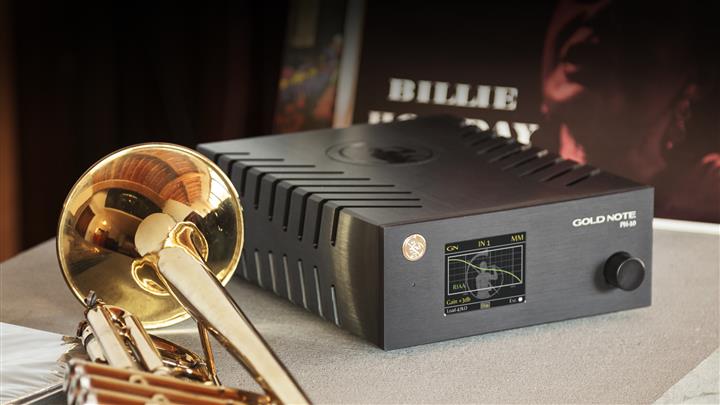
Just as important, because the signals from phono cartridges are relatively low level, there needs to be a certain amount of gain applied. It is essential that the phono preamp add as little noise as possible to the delicate signal while providing gain. A Moving Magnet phono preamp will in general by default offer around 41 dB of gain, and a resistive load of 47k ohms. This will match the vast majority of Moving Magnet cartridges on the market. Moving Magnet preamps with additional adjustability may offer options for cartridges with unusual specifications, although this may add to the cost.
A Moving Coil phono preamp will offer more gain, probably at least around 61 dB, and will offer adjustable loading, as there is more variability among MC cartridges. Higher end preamps might also offer several gain settings, for fine tuning. Many Moving Coil units allow for adjustability via DIP switches, or via a micro processor. Certainly one would hope that making adjustments is an easy task, with the switches easily accessible and settings easy to understand. Some units will have the DIP switches internally, which means removing a part of the chassis. Of course, turning a knob with LED screen options is the most luxurious solution.

